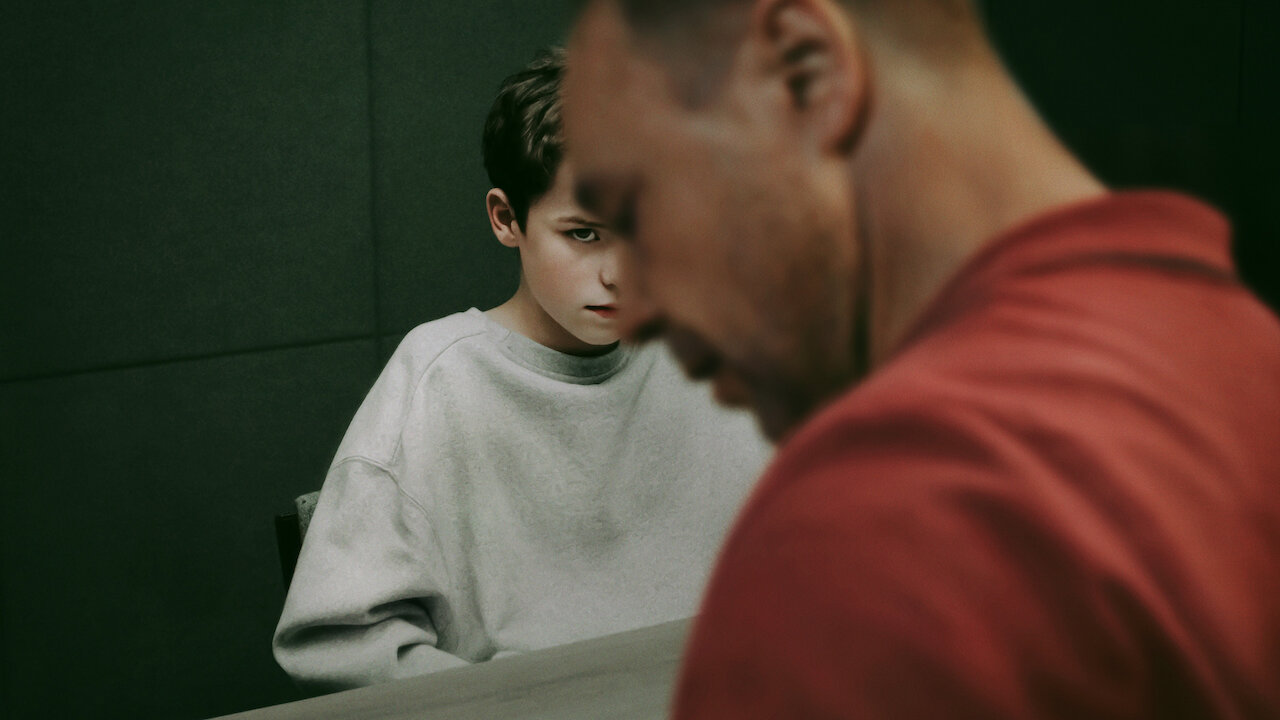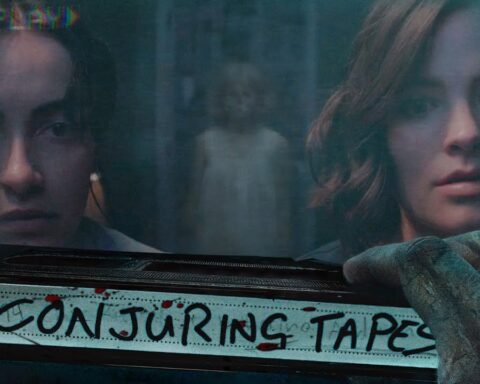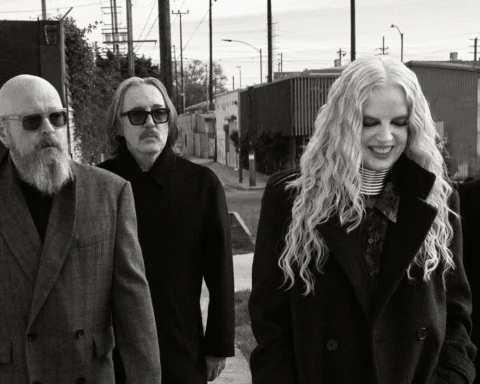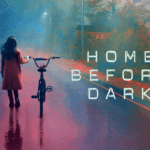Jack Thorne and Stephen Graham’s latest Netflix series, Adolescence, is more than a crime drama—it is a searing indictment of the unregulated digital landscape that breeds toxic masculinity, incel culture, and male entitlement. At a time when reactionary movements seek to undermine feminist progress, Adolescence is a necessary and politically urgent piece of television that confronts the violent consequences of misogyny head-on.
The Making of a Teenage Monster
At the heart of Adolescence is the unsettling story of 13-year-old Jamie Miller, who murders his classmate, Katie, in an act of seemingly inexplicable violence. But the series makes clear that Jamie’s descent into radicalized misogyny is not an isolated incident; rather, it is the logical result of an algorithmically fueled ecosystem that glorifies male supremacy.
Jamie’s embrace of the “red pill” ideology—rooted in the incel belief that men are victims of female rejection—mirrors the growing influence of online misogynistic communities. By subscribing to the distorted logic of the “80/20 rule” (which falsely claims that 80% of women only desire 20% of men), Jamie internalizes a worldview that dehumanizes women and justifies violence against them. His entitlement is laid bare when he recalls asking Katie out only after seeing a leaked topless photo of her: “I thought she might be weak cause everyone was calling her a slag.” His calculated decision to prey on vulnerability encapsulates the predatory logic of digital misogyny.
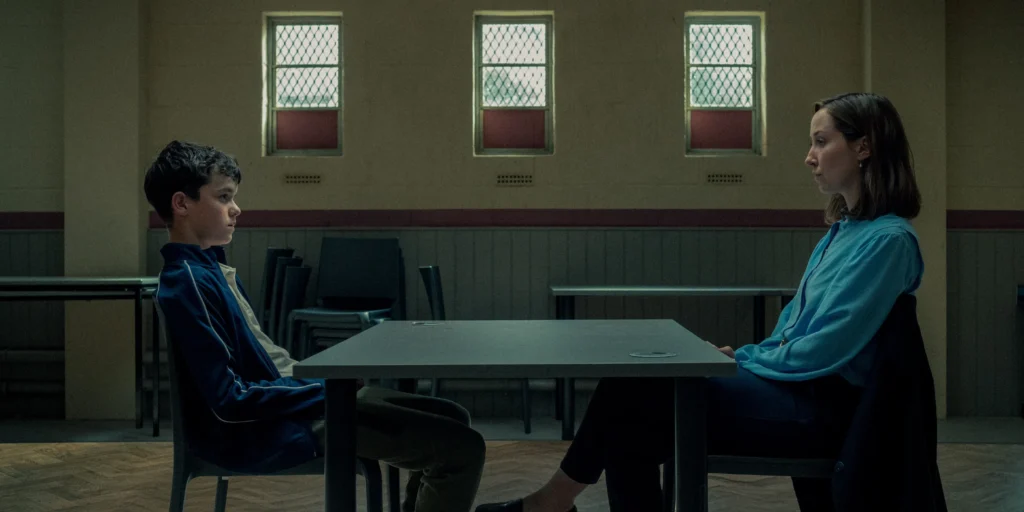
The Cinematic Language of Entrapment
The series’ one-take filming style is not just a technical achievement—it is a political statement. By refusing to cut away, Adolescence traps the viewer in Jamie’s world, mirroring the inescapable digital spaces where boys are radicalized. The claustrophobic settings—his bedroom, a police interrogation room—underscore the isolation of teenage boys who fall prey to extremist ideologies. This stylistic choice exposes the failure of traditional social structures—family, schools, and law enforcement—to intervene before radicalization turns to violence.
The most chilling scene of the series comes in episode three, when Jamie explodes at a female psychologist attempting to probe his motivations: “You do not control what I do! Get that in that fucking little head of yours!” This moment crystallizes the nexus of male rage and misogynistic ideology: the belief that women, particularly those in positions of authority, must be dominated. His swift apology and polite request for hot chocolate afterward highlight the manipulative tactics of abusers who oscillate between aggression and charm—a pattern familiar in both domestic violence and online radicalization.


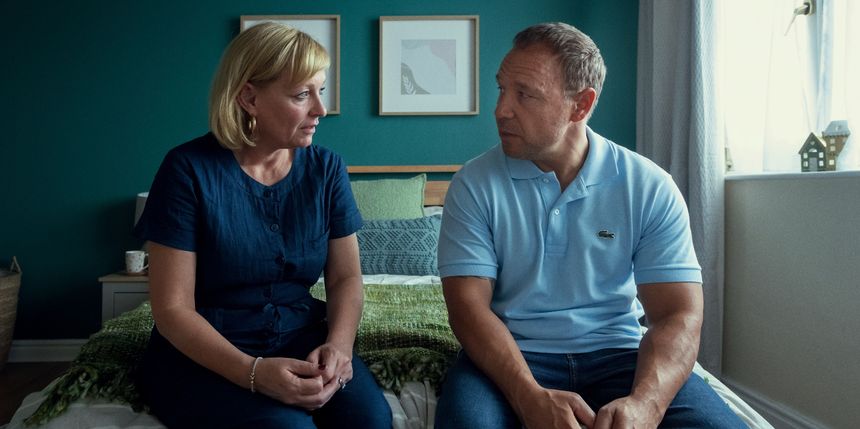
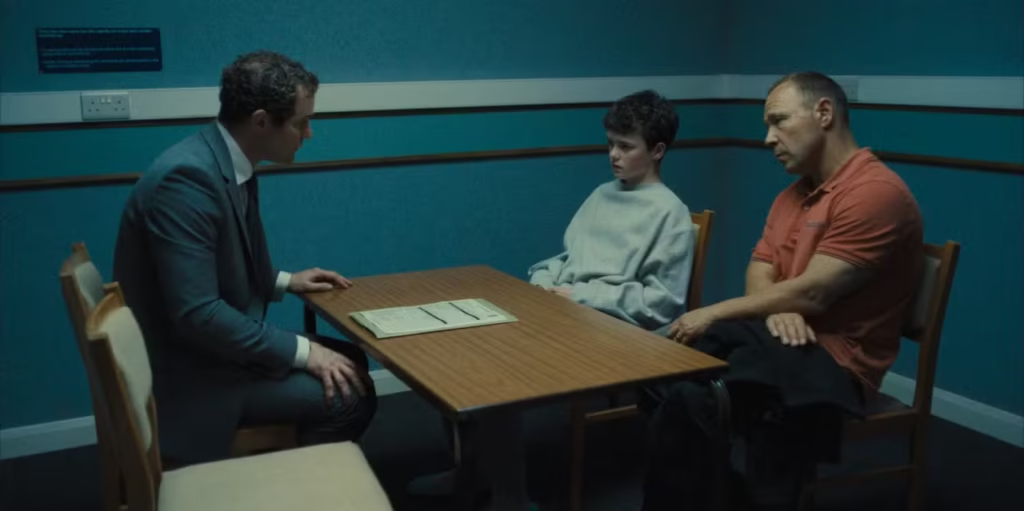
Feminism, the Digital Age, and the Political Stakes of Adolescence
Adolescence is not just a critique of one boy’s crime; it is a feminist analysis of a society that systematically produces violent men. The series forces us to ask: How many more Jamies will be created in a world where the manosphere thrives unchecked? How many more Katies must die before we take the threat of online misogyny as seriously as other forms of extremism?
Jamie’s story is a direct challenge to conservative narratives that frame male violence as an individual failing rather than a structural issue. In the wake of movements to curb “woke” education and restrict feminist discourse in schools, Adolescence is a powerful reminder that silence and inaction are complicit in fostering male violence. The series urges policymakers to recognize the digital radicalization of boys as a pressing social crisis, demanding stronger regulations on online spaces that breed hatred and a commitment to feminist education that challenges misogynistic ideologies at their root.
Ultimately, Adolescence does not offer easy answers—because none exist. But by forcing audiences to sit in discomfort, by refusing the neat resolutions of traditional crime narratives, it insists that we confront the hard truth: until we dismantle the systems that enable male entitlement and rage, the cycle of violence will persist. And the cost will continue to be paid in women’s lives.
